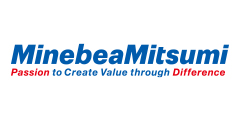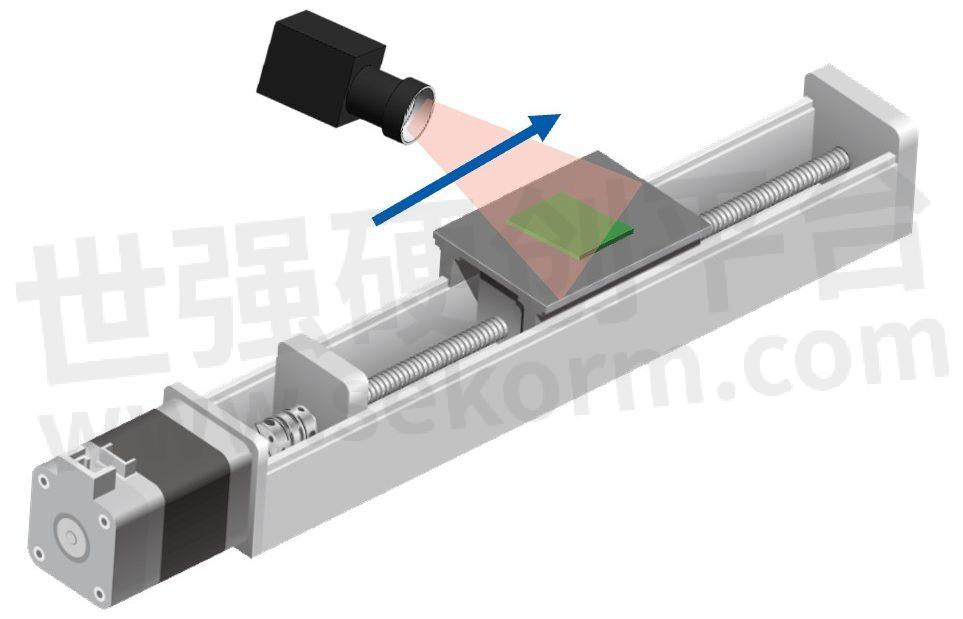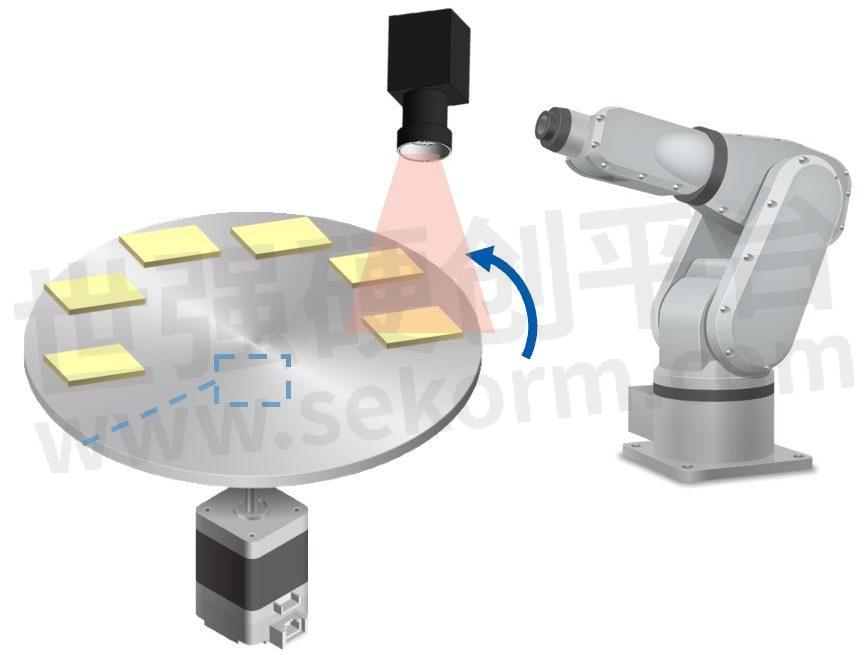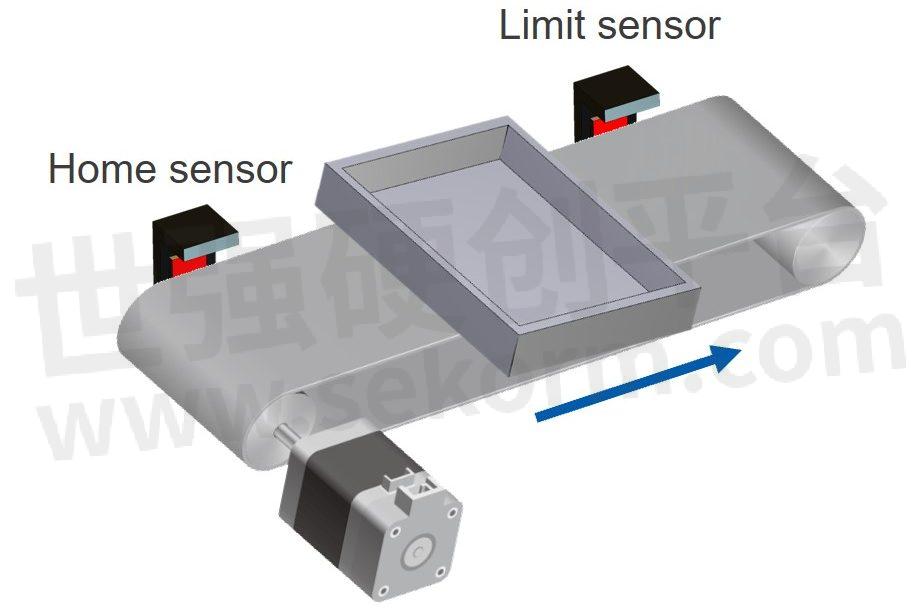Absolute Encoder Improves Semiconductor Die Bonding Equipment

Die bonding is a critical process in manufacturing semiconductors, and precision is paramount when it comes to ensuring the quality of the finished product. At the same time, it’s also essential for manufacturers to develop a die bonding process that is as efficient as possible.
Thankfully, precision and efficiency are two areas where a hybrid stepping motor with batteryless absolute encoder really shines! To showcase the benefits of these innovative motors, let’s take a look at a case study of how one company used our hybrid stepping motors to optimize their die bonding process across three different applications.
Introduction to Die Bonding in Semiconductor Manufacturing
Die bonding involves attaching semiconductor dies to substrates, and it’s a process that requires a high degree of accuracy to ensure the optimal performance of electronic devices. As the demand for smaller and more powerful devices continues to grow, the challenge of improving the precision and efficiency of die bonding is one of the biggest challenges faced by the semiconductor industry.
How MinebeaMITSUMI’s Hybrid Stepping Motors Improve Semiconductor Die Bonding
The innovative hybrid stepping motor with batteryless absolute encoder is helping companies revolutionize numerous processes in semiconductor die bonding. Below, we’ll take a look at three different problems that these motors were able to help one semiconductor manufacturer solve and the specific benefits they were able to achieve in each application.
Application #1: Board Thickness Measurement

In the die bonding process, accurate board thickness measurement is crucial. The conventional method of measuring board thickness involves using a standard motor and an off-the-shelf optical encoder. However, this method requires the system to return to the home position after an error, which creates a lot of costly delays.
MinebeaMitsumi’s hybrid stepping motors solve this problem by retaining position information even when the power is turned off. This eliminates the need for the system to return to the home position following an error and enables a board thickness measurement process that is much more efficient and accurate.
Benefits:
No Need to Return to Home Position: The motor’s absolute encoder maintains position information, which allows for the immediate resumption of operations.
Enhanced Accuracy: High-resolution measurements improve the precision of board thickness assessments.
Increased Productivity: Reduced downtime and faster error recovery boosts overall productivity.
Application #2: Table Drive for IC Pickup

The table drive that the semiconductor manufacturer in our case study used encountered issues with stop position misalignment. Their existing system used an optical encoder with a resolution of 200 cpr (counts per revolution), which was insufficient for detecting small misalignments. This led to numerous ongoing errors and maintenance challenges.
With the high-resolution absolute encoder in our hybrid stepping motor, the manufacturer was able to access much more precise and detailed position data. This enabled them to detect misalignments earlier and more reliably to improve preventive maintenance efforts.
Benefits:
Early Misalignment Detection: High-resolution feedback allows for the early detection of mechanical component deterioration.
Improved Maintenance: The ability to detect and address misalignments early reduces downtime and maintenance costs.
Increased Accuracy: Enhanced positioning accuracy ensures better performance of the IC pickup process.
Application #3: Magazine Transport Drive

The magazine transport drive system used by the manufacturer in our case study—which moved empty magazines to the camera position for inspection—relied on a standard motor with an external sensor. This setup involved complex wiring and a large spatial footprint, making it inefficient and costly.
By implementing a stepper motor with a batteryless absolute encoder, the company was able to simplify the system. MinebeaMitsumi’s hybrid stepping motor eliminates the need for external sensors and maintains position information without power, which drastically reduces wiring complexity and spatial requirements.
Benefits:
Simplified Wiring: The sensorless design reduces the amount of wiring needed, making the system more efficient and easier to maintain.
Reduced Space Requirements: The compact setup frees up space, allowing for more streamlined operations.
Increased Reliability: The motor’s ability to retain position information without power ensures consistent performance and reduces the risk of errors.
Conclusion
Semiconductor manufacturers looking to improve the precision and efficiency of their die bonding process can face several key challenges. Thankfully, our hybrid stepping motor with batteryless absolute encoder helps solve many of these challenges.
These innovative motors not only help semiconductor manufacturers solve their current challenges but also provide a foundation for future advancements and ongoing improvement. As the semiconductor industry continues to evolve at a blistering pace, solutions such as the hybrid stepping motor are poised to play a key role in pushing the industry forward.
- +1 Like
- Add to Favorites
Recommend
- Skydio’s Autonomous Drone”X10” Adopted Nidec Motors
- Haptic Motors Clustered Haptic Arrays by TITAN Haptics Clusters Unlock New Possibilities
- SANYO DENKI Develops Stepping Systems Featuring High Torque and Low Vibration
- Minebea Has Successfully Developed a PM Stepping Motor with the Diameter at a Mere 3mm
- New RA6T2 Hybrid 16-bit ADC from Renesas Improves Efficiency and Accuracy of Motor Control Systems
- Epson Researchers Create 3-D Analytical Model to Accelerate Development of Next-generation Axial-flux Permanent Magnet Motors
- AC Motors for Pumps Powering the Tallest Fountain in America
- MinebeaMitsumi Installs Large-Scale Solar Power Generation Systems at Cebu Plant
This document is provided by Sekorm Platform for VIP exclusive service. The copyright is owned by Sekorm. Without authorization, any medias, websites or individual are not allowed to reprint. When authorizing the reprint, the link of www.sekorm.com must be indicated.
























































































































































































































































































































































































































































































































































































































































































































































































































































































